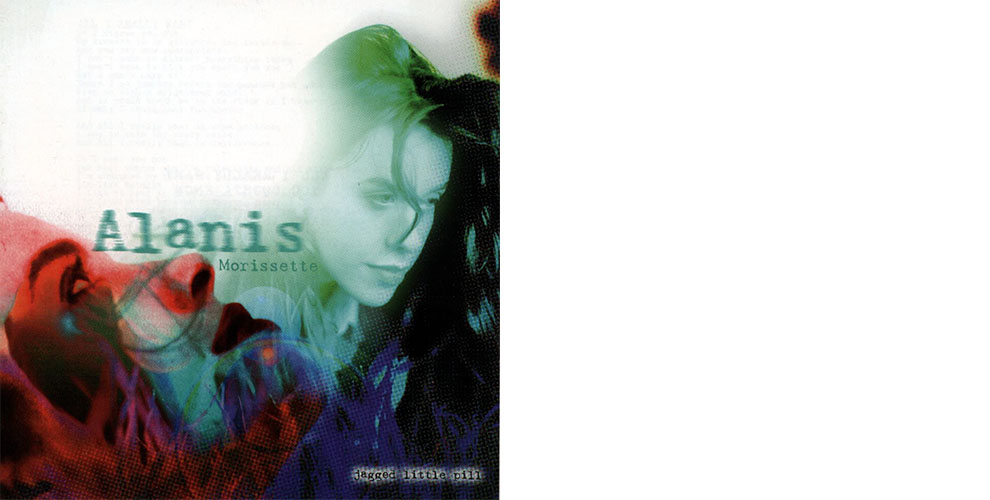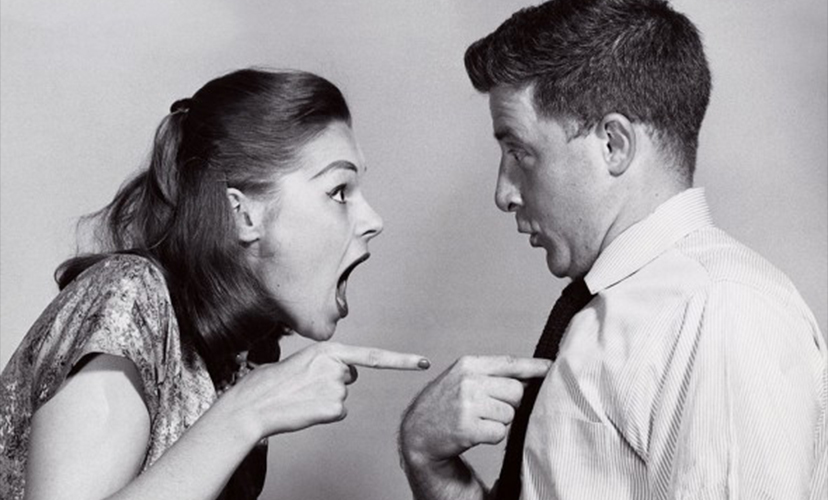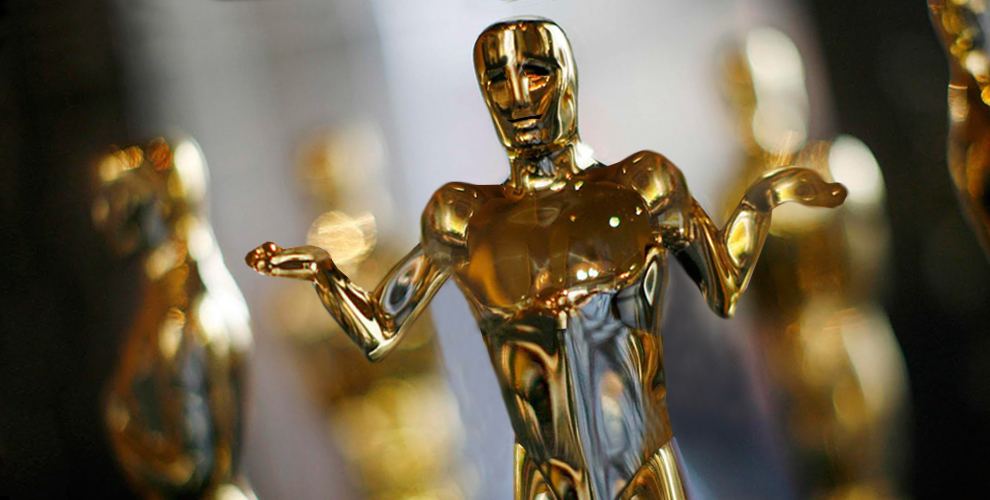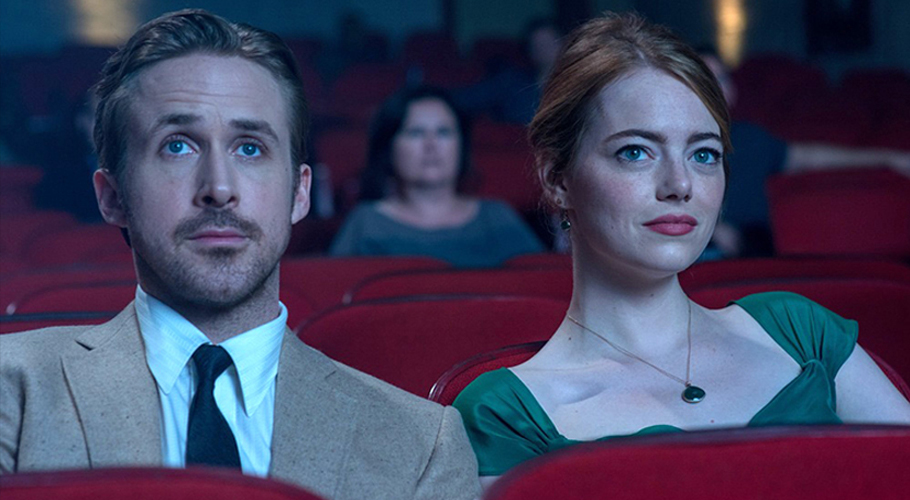
With the recent slate of Disney films being released to theaters, it could be mistaken that we’re in the 1990s again. In the past two years, Disney has released live action remakes of Beauty and the Beast, Aladdin, and The Lion King. Next year Mulan will follow suit. The Hunchback of Notre Dame is officially in the works now too. All of these films are based on blockbuster animated features from Disney that premiered in the 1990s.
They were part of the illustrious era of animated feature films known as the Disney Renaissance—from 1989 to 1999. And frankly, it’s easy to see why these films still seem to be relevant—chronologically and culturally: the generation that grew up with these films, mostly Millennials born between the early 1980s through the mid 1990s, have yet to reach age forty at most—and barely finished college at the least. They’re also a notoriously nostalgic group, like most Americans—but with an even more ubiquitous platform to perpetuate it—on social media and the Web.
They grew up with the Disney Renaissance and have ostensibly kept the relevance of its animated features alive—literally two decades after its official end. With at least half of the films from the era slated for reinterpretation as major live action films, their enduring grasp on popular culture is unquestionable.
As a member of this generation and a bona fide Disney buff, I cant attest that the memory of these films are indeed as vivid and fresh today as they were when I was at the target age for their appeal. They are touchstones of my childhood, imbuing me with a sense of wonder and a worldview that I still hold onto to this day.
Nonetheless, the Disney Renaissance did have a clear beginning and end. It veritably ceased to produce more new films to augment its original run, after 1999. As any Disney fan or even a casual observer will recall, subsequent animated features from Disney experienced a steep drop in popularity for nearly a decade afterwards, in spite of a continual output of releases then.
As a fan with unrelenting exposure to these animated films, I have arrived at a conclusion as to why the phenomenon of the Disney Renaissance drew to a close at the end of the last century.
My theory is rooted in the catalyst that started the Disney Renaissance and made it popular in the first place. Kick-starting the era in 1989, The Little Mermaid was the first fairy tale that the Disney studio had worked on in thirty years. This was largely why it was a resounding success, because it returned to the formula that had worked so well for Disney in the past: a fairy tale musical, centered on a princess. Disney had erroneously abandoned this formula for nearly two decades prior to this, and suffered commercially and artistically with audiences.
Per hindsight, however, I believe the rediscovery of this Disney formula during the Renaissance era would also become its own undoing. If the era had one fault, it was that literally every film adhered to the formula, stringently, with the exception of The Rescuers Down Under, an early entry to the era that proved to be a commercial misfire, tellingly. Every other animated feature between 1989 and 1999 consisted of: a beautiful or outcast protagonist—usually orphaned by one or both parents, amusing sidekicks, romantic interest, colorful villain, an epic setting, and a roster of songs that covered the requisite themes of life goals, romantic love, and villainy. This is not to dispel the considerable diversity of creative and technical achievement of the era—producing some of the most ingenious, memorable and astonishing feats of song, visual, and characters—not to mention an unprecedented level of representation for the first time from Disney (lead characters of different ethnicities: Aladdin, Pocahontas, Mulan).
Nonetheless it’s quite revealing to see that, when compared to previous eras of Disney animated features, no other era could be accused of the same homogeneity: the Golden Age, from 1937 to 1942, only had two films that featured romantic love, only one princess, and two clear musicals. The Silver Age had several films without romantic love or a musical format as well. These two eras are arguably the biggest rivals of the Renaissance, in popularity and artistic achievement. Both reached a demise for their own disparate reasons—economical downturn after 1942 due to World War II, and the death of Walt Disney in 1966, respectively.
The theory of redundancy during the Disney Renaissance had also possibly begun to take shape as early as the mid-way point of its run: after four stellar blockbusters from the studio, things suddenly slowed down with the release of Pocahontas in 1995. Widely viewed as the first critical let down of the era, things didn’t immediately return to form in 1996 or 1997 either, with the releases of The Hunchback of Notre Dame and Hercules. Both films failed to draw audiences back after the misstep of Pocahontas. Something was amiss.
Audiences were being drawn elsewhere too: computer animation. This is perhaps the most commonly held theory of why the Disney Renaissance came to an end: towards the end of the 1990s, a new medium was dawning—usurping traditional, hand-drawn (2-D) animation that Disney was known for. With the release of Toy Story in 1995, a resounding success not just for being the first major computer-animated feature but a true triumph of story, audiences found a new outlet for family-friendly films that appealed to all ages. A slew of computer-animated (or CGI) films followed in gradual succession for the rest of the decade and beyond, none of which followed the renowned Disney formula—and often to critical and commercial success, surpassing even Disney. If the Disney Renaissance proved that animated features could appeal to all ages, CGI animated films proved that they didn’t have to be based on classic, existing literature—opening the doors for innovations in story that just happened to be married to a very innovative technology, now coming to its own at the end of the twentieth century.
Although I agree that CGI certainly disrupted Disney’s momentum in the latter half of the 1990s—particularly since CGI animated features have ostensibly remained more popular with audiences and critics alike, and 2-D animation has never come back into vogue since—I still stand by my theory that it was more of content than just medium. Also, the onslaught of CGI feature-length films actually occurred rather slowly, and did not immediately crowd the market that 2-D Disney animated features dominated: after Toy Story was first released in 1995, the next CGI films were Antz and A Bug’s Life, both premiering in 1998. That left three full years in between, which subsequently saw the release of three Disney animated features to vigorously fill the void to maintain their stronghold on audiences—yet they didn’t. The Hunchback of Notre Dame, Hercules, and Mulan were released by Disney during this period and though not critical or commercial failures, were far less renowned than their predecessors from the Disney Renaissance. Again, a malaise seemed to have settled with audiences, which could be read as a reflection of the medium’s output. Audiences surely weren’t just holding off for the next great CGI film, after only having witnessed the medium’s sole initial output in 1995. The average moviegoer had no idea how the CGI medium would eventually fare, though it was clearly a technological advancement. (It wasn’t until 2001, that the medium exploded with simultaneous releases of multiple CGI animated films, cementing it as a mainstay in cinema).
It was apparent that audiences had simply grown tired of the Disney formula, and so the business changed after 1999, just as it did after the Silver Age in 1967—when the studio entered a prior era of commercial and critical malaise, following the death of Walt Disney.
With that, it’s also helpful to understand what followed the Disney Renaissance: from 2000 to 2008, the Post Renaissance era indeed echoed the era that followed the Silver Age—the Bronze Age of 1970-1988, when the studio struggled to redefine its identity to audiences then too. The resulting films in the new millennium would reflect these efforts, striking into new territories such as Science Fiction, original stories not based on classic tales, even the CGI medium as well—which would be a portent of the studio’s eventual direction. Most of the films from this era didn’t quite resonate enough with audiences to turn them into classics.
The Revival era followed in 2009, with yet another rediscovery of the formula—with Tangled cementing Disney’s return to the zeitgeist, followed by Frozen. Both were clearly fairy-tale musicals centered on a princess, but married to the new CGI medium now, which Disney has converted to indefinitely to fit with the times. Aside from the new look, these films are quite similar to the Renaissance formula. Audiences responded and propelled these films into the public conscience as they did in the Renaissance era, hence the new namesake.
But if these new films from the Revival are following the same virtual formula as the Renaissance, why did the Renaissance cease in the first place? Shouldn’t it have endured, unabated, by sheer demand?
Again: we just needed a break. As a lifelong Disney fan, with the benefit of hindsight, I couldn’t fathom a Disney Renaissance-style film being released by the studio every year for the next two decades after Tarzan, the last of that era, in 1999. On some level, I would enjoy it purely as a diehard fan, but it would almost become campy—a parody of itself if you will. As much as audiences loved the Disney Renaissance, we can also sense artistic malaise. The formula had gotten monotonous and stale—again, already by the midway point of its era—and audiences clearly reacted with their wallets.
Does that mean that the Revival era is doomed to repeat history? Surprisingly, it may be averting this fate because: although it certainly has resuscitated the Disney formula, there’s one telling factor that separates it from the Disney Renaissance—it’s not following the formula for every new film. To their credit and maybe by calculation, they’re not just doing princess stories or fairy tales exclusively. Maybe that’s part of its success: Big Hero 6 and Zootopia are some of the titles that are as divergent from fairy tales and princesses as you can get. Both met with clear commercial and critical acclaim—unlike the misfires of previous eras that also strayed from the formula.
Whether they realize it or not, perhaps this is what audiences need. We will always love and adore princesses and fairy tales, but there needs to be variety. There’s nothing wrong with having a studio trademark (family-friendly films, music, artistic visuals), but the trademark can be broad and expand. Art is about change, pushing boundaries, and expanding possibilities. Sure, we do like some degree of familiarity—all art has a core familiarity: a movie has a beginning, middle and end; music has notes and instruments, verses and choruses. But along with familiarity we need variety.
Perhaps Disney has a new, unprecedented confidence and competency that is allowing them to achieve something they weren’t quite able to do in the past: successfully tell classic stories and original new stories, concurrently. Disney may have failed at pursuing either one at various times in the past, not because either one was theoretically bad—but because they just weren’t truly creating something exceptional. As mentioned, they were going through the motions after a certain point during the Disney Renaissance, settling into a creative ennui—or alternately, striking into new territory with dubious artistic vision, during the Post Renaissance for example. But if a story is truly told well, it can potentially succeed. Audiences will respond to something special even if it defies current trends, as they did when The Little Mermaid reignited this medium that had virtually gone defunct for nearly two decades, kick-starting the Disney Renaissance in 1989.
Will Disney get it right this time? We can only wait and see.
Any long-running institution is going to experience inevitable peaks and valleys in relevance and vitality—hence the different eras of Disney feature animation that exist in the first place. I am resigned to the eventual fate of the storied Disney Renaissance of my youth, because to borrow a platitude: good things can’t last forever. Sitcoms come to an end. Book and film franchises end—and can even be revived again after a certain period of absence (sound familiar?). The much-beloved Disney Renaissance is all the more revered because it wasn’t permanent and was limited in duration. It lends it a rarity that further incites gratitude and veneration. It was beautifully fleeting, as all life is.
It’s almost as if the beginning and ending of each era was inevitable—because like all art, Disney feature animation is an evolving medium. The studio is learning their craft in real time, and we get to watch it unfold onscreen.








